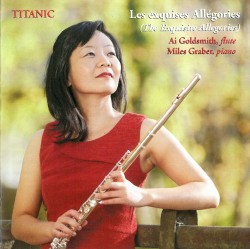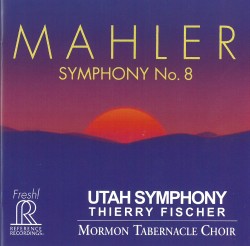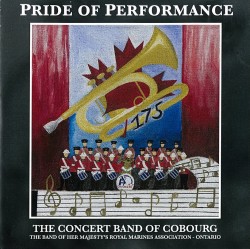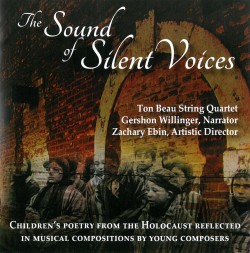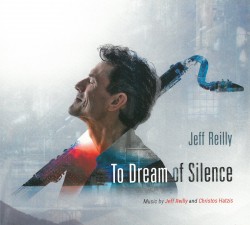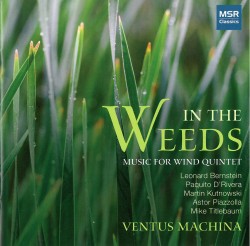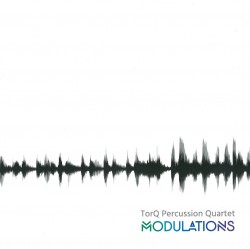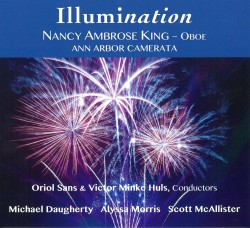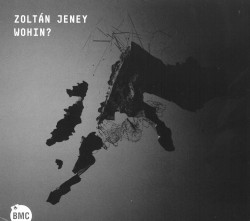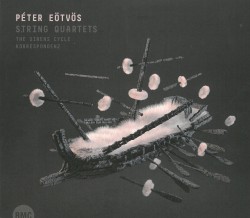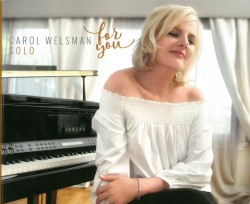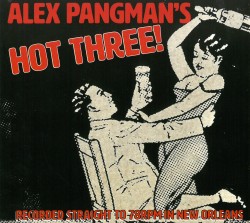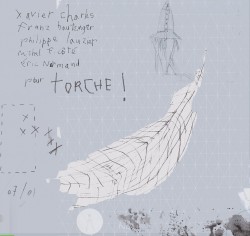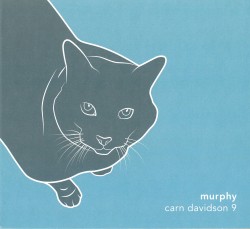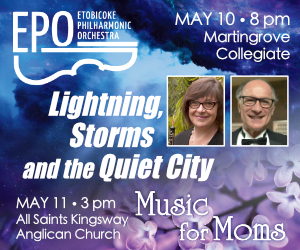Robin de Raaff – Entangled Tales
Various Orchestras
Challenge Records Int. CC72747 (challengerrecords.com)
Robin de Raaff - Stolen back from Time
Various Orchestras and Ensembles
Attacca ATT 2017152 (attaccaproductions.com)
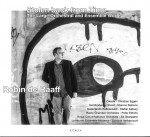 This past December, Dutch composer du jour Robin de Raaff (b.1968) was present for Toronto’s New Music Concerts’ performance of his Percussion Concerto. The following week, the Glenn Gould School New Music Ensemble performed his Ennea’s Domein. (I attended both concerts.) Both works are included in the 2CD set Stolen back from Time, along with his Violin Concerto No.1 “Angelic Echoes,” Double Concerto for clarinet, bass clarinet and orchestra, Unisono for large orchestra, Clarinet Concerto and In Memoriam Dmitri Shostakovich.
This past December, Dutch composer du jour Robin de Raaff (b.1968) was present for Toronto’s New Music Concerts’ performance of his Percussion Concerto. The following week, the Glenn Gould School New Music Ensemble performed his Ennea’s Domein. (I attended both concerts.) Both works are included in the 2CD set Stolen back from Time, along with his Violin Concerto No.1 “Angelic Echoes,” Double Concerto for clarinet, bass clarinet and orchestra, Unisono for large orchestra, Clarinet Concerto and In Memoriam Dmitri Shostakovich.
There’s a lot to listen to in de Raaff’s complex music, filled with intense energy, bright and unusual sonorities including lots of percussion, and irregular rhythms derived using mathematical constructivist techniques. But it all sounds rather more expressionistic than mathematical, especially in Unisono, 18 minutes of snarling sonic blasts performed by the Royal Concertgebouw Orchestra under Ed Spanjaard. Think of the battle segment of Strauss’s Ein Heldenleben but fought with 21st-century weapons.
For me, the other standouts in this album are the feverish Violin Concerto and the Double Concerto. Violinist Joe Puglia evokes references to Berg’s Violin Concerto amid orchestral hints of Mahler. The Double Concerto, with soloists Harmen de Boer and Harry Sparnaay, offers touches of humour, impressionistic colours and sustained passages of quasi-tonal lyricism.
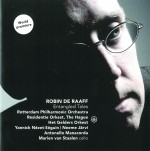 There’s more to admire on The Entangled Tales CD, containing de Raaff’s Cello Concerto, Entangled Tales and Symphony No.3 “Illumination…Eclipse.” The Cello Concerto reveals a very different side of de Raaff, as brooding, songful emotionality replaces brash busy-ness. Here, the dynamics are subdued, the orchestral textures leaner but darker. In five connected movements lasting half an hour, the inward-looking, penumbral concerto receives a haunting performance by Marien van Stallen, the cellist for whom it was written, and the Rotterdam Philharmonic Orchestra led by Yannick Nézet-Séguin.
There’s more to admire on The Entangled Tales CD, containing de Raaff’s Cello Concerto, Entangled Tales and Symphony No.3 “Illumination…Eclipse.” The Cello Concerto reveals a very different side of de Raaff, as brooding, songful emotionality replaces brash busy-ness. Here, the dynamics are subdued, the orchestral textures leaner but darker. In five connected movements lasting half an hour, the inward-looking, penumbral concerto receives a haunting performance by Marien van Stallen, the cellist for whom it was written, and the Rotterdam Philharmonic Orchestra led by Yannick Nézet-Séguin.
Entangled Tales, an eight-minute synopsis of de Raaff’s penchant for assertive declamations and vivid sonorities (similar to Unisono) was commissioned by the Boston Symphony, premiered at Tanglewood and subsequently incorporated into his Symphony No.1 “Tanglewood Tales.” It’s performed with suitable high energy by Neeme Järvi and The Hague’s Residentie Orkest.
De Raaff’s 30-minute, three-movement Symphony No.3 is performed by Het Gelders Orkest under Antonello Manacorda. As its subtitle suggests, it deals with contrasts of light and dark, beginning with two piccolos and tinkly percussion creating eerie, electronics-like sounds, followed by a sudden descent into the orchestra’s dark timbres of brass and percussion. The struggle continues throughout, with quiet, plaintive solos and duos alternating with powerful tutti outbursts. The symphony ends with gentle chords played in mid-range instrumental registers, suggesting a final resolution of synthesis and reconciliation.
I recommend the Entangled Tales CD for anyone wanting an introduction to this significant 21st -century compositional voice.
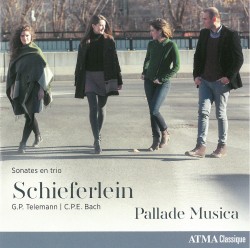 Schieferlein; Telemann and C.P.E. Bach – Sonates en trio
Schieferlein; Telemann and C.P.E. Bach – Sonates en trio

